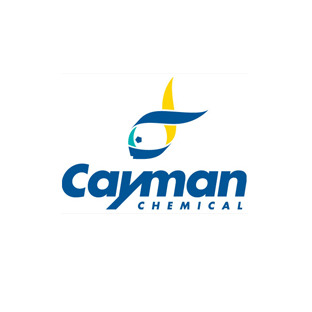
 Products
Products  CaMKII Monoclonal Antibody (Clone 6G9)
CaMKII Monoclonal Antibody (Clone 6G9)

| Catalogue number: | 10011437 |
| Hosts: | Mouse |
| Applications: | ELISA, Immunofluorescence, Immunohistochemistry, Immunoprecipitation, Western Blot |
| Weight: | 0 |
| Form: | 100 microg |
| Antigen: | rat recombinant CaMKII |
| P type: | Antibodies|Intracellular Signaling |
| Isotype: | IgG1 |
| Shipping temp: | -20 |
| Storage temp: | -20 |
| Additional info: | CaMKII is an important member of the calcium/calmodulin-activated protein kinase family, functioning in neural synaptic stimulation and T-cell receptor signaling. CaMKII is expressed in many different tissues but is specifically found in neurons of the forebrain and its mRNA is found within the dendrites and the soma of the neuron. The CaMKII that is found in the neurons consist of two subunits of 52 (termed .alpha. genes) and 60 kDa (.beta. genes). CaMKII has catalytic and regulatory domains, as well as an ATP-binding domain, and a consensus phosphorylation site. The binding of Ca2+/calmodulin to its regulatory domain releases its auto inhibitory effect and activates the kinase. This kinase activation results in autophosphorylation at threonine 286 (Thr286). The threonine phosphorylation state of CaMKII can be regulated through protein phosphatase 1 (PP1)/protein kinase A (PKA). Whereas PP1 dephosphorylates phospho-CaMKII at Thr286, PKA prevents this dephosphorylation. Autophosphorylation also enables CaMKII to attain an enhanced affinity for NMDA receptors in postsynaptic densities. |